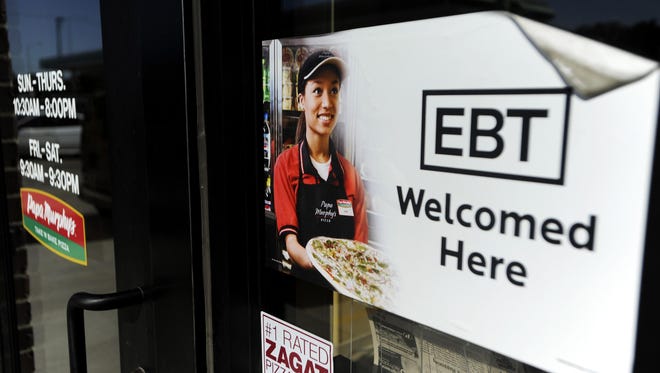The Supplemental Nutrition Assistance Program, or SNAP, provides food benefits to eligible low-income families. The benefits are sent through an Electronic Benefits Transfer (EBT) card and help supplement grocery budgets so families can afford nutritious food.
Last year, an average of 41.2 million Americans received SNAP benefits at any given month.
At the beginning of each fiscal year (Oct. 1), the U.S. Department of Agriculture adjusts SNAP maximum allotments, deductions and income eligibility standards. These changes are based on the cost of living, or the amount of money needed to support a basic standard of living.
In October, SNAP benefits increased 12.5% compared to the previous year, according to Forbes Advisor. Eligibility requirements are also set to change, following the Fiscal Responsibility Act (FRA) signed by President Joe Biden in June.
Here’s what you need to know about changes to SNAP:
Changes to eligibility by age
Able-bodied adults without dependents between ages 51 and 52 must prove they are actively working, training or in school in order to qualify for SNAP benefits this year. This requirement will expand to age 54 starting in October 2024.
Exemptions to this new rule exist for some able-bodied adults without dependents. Pregnant people, homeless individuals, veterans, those with a physical or mental limitation and people aged 24 or younger and in foster care on their 18th birthday are exempt.

What is the maximum income of someone eligible for SNAP?
The size…



























































